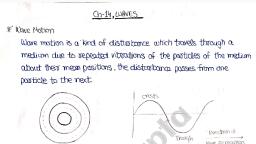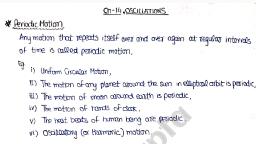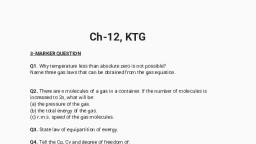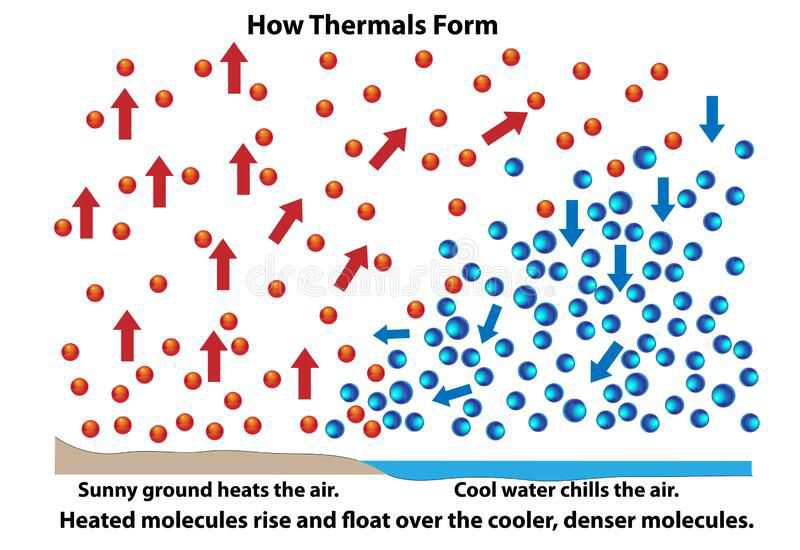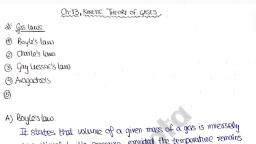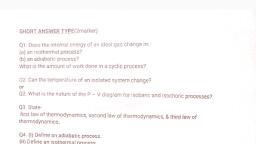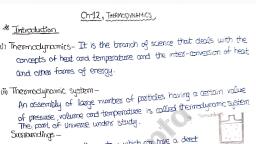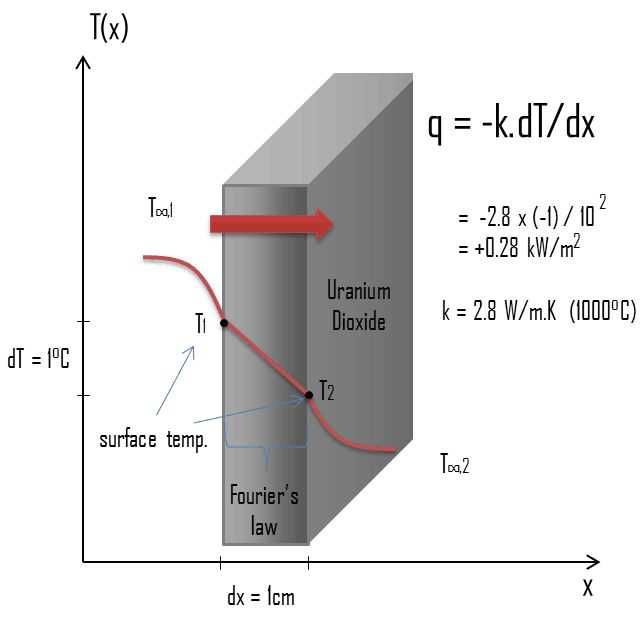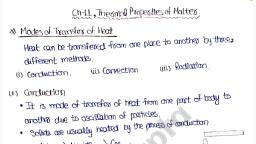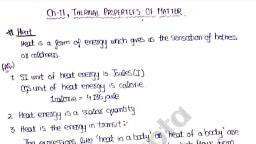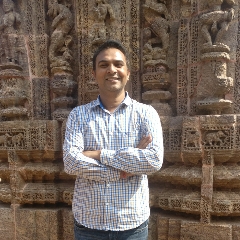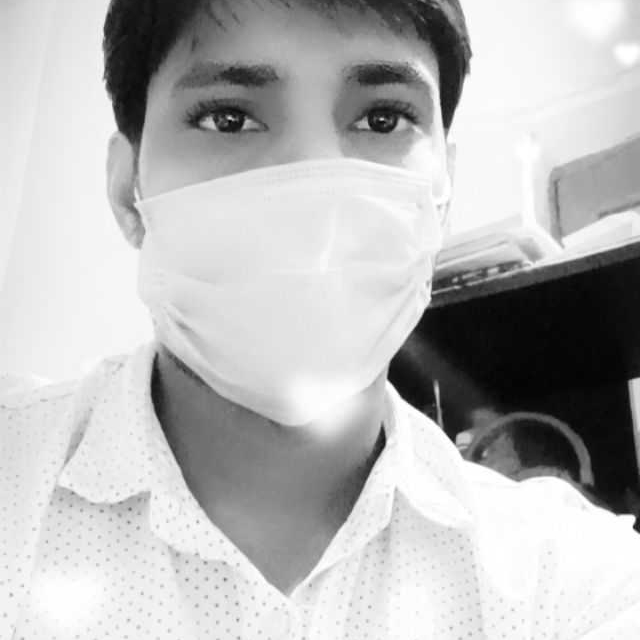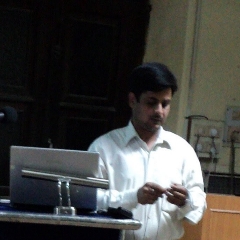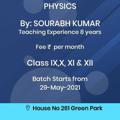Question 1 :
The ratio of rate of loss of heat by a black body at $227^o$C to $127^o$C in a surrounding at $27^o$C is ____________.
Question 3 :
When a solid directly turns into gaseous state, it is called:
Question 4 :
Two copper spheres of radii $6 cm$ and $12 cm$ respectively are suspended in an evacuated enclosure. Each of them are at a temperature $15^0 C$ above the surroundings. The ratio of their rate of loss of heat is ___________.
Question 6 :
Assertion: Specific heat of a body is always greater than its thermal capacity.
Reason: Thermal capacity is the heat required for raising temperature of unit mass of the body through unit degree.
Question 7 :
In a room where the temperature is $30^oC$, a body cools from $61^oC$ to $59^oC$ in 4 min. The time (in min) taken by the body to cool from $51^oC$ to $49^oC$ will be:
Question 8 :
A black body at a temperature $400$K placed in an enclosure at $300$K has cooling rate $r$. If the temperature of the body were $800$K and placed in the same enclosure, the cooling rate will be approximately:
Question 9 :
Assertion: Water can be boiled inside satellite by<br>convection.
Reason: Convection is the process in which heat is<br>transmitted from a place of higher temperature<br>to a place of lower temperature by means of<br>particles with their migrations from one place to<br>another
Question 10 :
Two uniform bars of length $L_1$ and $L_2$ with coefficient of linear expansion $\alpha_1$ and $\alpha_2$ are joined to form a longer rod of length $L_1+L_2.$ The effective coefficient of linear expansion of composite bar is:
Question 11 :
A metal of mass 1 kg at constant atmospheric pressure and at initial temperature $20^{\mathrm{o}}\mathrm{C}$ is given the heat of $20,000 J$. Find the Change in internal energy.<br/>Given: Specific heat $400 $ <br> $\mathrm{J}/\mathrm{k}\mathrm{g}/^{\mathrm{o}}\mathrm{C}$.<br/>Coefficient of cubical expansion $\gamma=9\times 10^{-5}/^{\mathrm{o}}\mathrm{C}$<br/>Density $\mathrm{p}=9000\mathrm{k}\mathrm{g}/\mathrm{m}^{3}$, atmospheric pressure $=10^{5}\mathrm{N}/\mathrm{m}^{2}$<br/>
Question 12 :
A black body is at $(727)^{0}C$. It emits energy at a rate which is proportional to:<br/>
Question 13 :
An iron ring measuring $15.00\;cm$ in diameter is to be shrunk on a pulley which is $15.05\;cm$ in diameter. All measurements refer to the room temperature $20^{\circ}C$. To what minimum temperature should the ring be heated to make the job possible? Calculate the strain developed in the ring when it comes to the room temperature. Coefficient of linear expansion of iron $=12\times10^{-6}/^\circ C$.
Question 14 :
A body cools from 50$^{o}$C to 45$^{o}$C in 5 min and to 40$^{o}$C in another 8 min. The temperature of the surrounding is
Question 15 :
An aluminium sphere of $20\ cm$ diameter is heated from ${0}^{o}C$ to ${100}^{o}C$. Its volume changes by (given that coefficient of linear expansion for aluminium ${ \alpha }_{ Al }=23\times { 10 }^{ -6 }/_{ }^{ o }{ C }$)
Question 16 :
Burns caused by steam are more severe that burns caused by boiling water.
Question 17 :
The equation of state for 5 g of oxygen at a pressure P and temperature T, when occupying a volume V, will be


